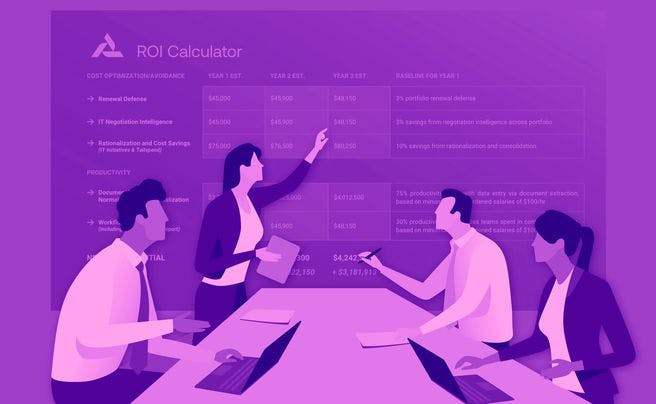Most organizations and companies are generally powered by hundreds, if not for thousands of vendors—but not all rely on a Vendor Management Office (VMO). A company approaches a vendor to provide a software product or service, or to solve a particular problem for them. The company then evaluates one or more vendors, finalizes a vendor, signs a contract with them, and initiates a vendor onboarding process. Once the onboarding is complete, the vendor will be used by the respective team that has requested service. It’s a complex process, and most think that the process ends here—when in reality, the work has just begun.
Though I come from an engineering background and not from a Vendor Management Office, I used to manage many critical vendors during my stint at Freshworks, where I have spent a major part of my career. I managed organizations’ critical vendors like AWS, Newrelic, Sumologic, and Redislabs to name a few.
In this blog, I will discuss the following:
1. What is a VMO?
2. Why should you have one?
3. When is the right time to start a VMO?
What Is a VMO?
A Vendor Management Office, or VMO, is a central team that is responsible for all vendors managed by the organization. This includes the current vendors being used by the organization, a list of all the prospects the organization is evaluating, vendors that might have been used in the past, and those that have been let go or blacklisted.
The VMO oversees the complete vendor inventory, along with maintaining the list of products and services provided by each vendor. The VMO is also responsible for maintaining a healthy relationship with the vendors along with the internal stakeholders.
 In most organizations, the procurement team is responsible for VMO processes, and the truth is, it’s highly inefficient. Technically, the procurement or strategic sourcing team is responsible for procuring the vendor; IT is responsible for administrative purposes.
In most organizations, the procurement team is responsible for VMO processes, and the truth is, it’s highly inefficient. Technically, the procurement or strategic sourcing team is responsible for procuring the vendor; IT is responsible for administrative purposes.
Who, then, manages the ongoing relationship with the Vendor and stays on top of their deliverables?
Occasionally, it’s done by the internal vendor “owners”, or points of contact who would have deployed the specific contract(s) and were managing the vendors. From a seller’s point of view, these people are called the internal champions.
Unfortunately, these owners are usually too busy dealing with their own priorities, objectives, and key results (OKR). From our research so far, very few organizations’ OKR has vendor performance as a key item, though millions of dollars are spent on vendors every year.
So, who really cares about the Vendor performance or efficiency?
The answer, in most cases, is no one.
Why Should You Have a VMO?
Let's take a real-world incident from one of our prospects. This potential client approached a vendor for a new partnership—only to learn later that the same vendor had been blacklisted by a different team within their organization due to bad service.
This undesirable situation occurred because there was no basic vendor inventory system in place.
The irony is that although executives and IT leaders seem to barely focus on vendor management, doing so would give them one of the most effective areas of ROI if they used the right processes and right tools for the job. When it comes to vendor satisfaction, organizations should be asking themselves the following:
Is the vendor delivering all the promises?
Is the vendor within the Service Level Agreement (SLA)?
Are their monthly and quarterly business reviews being properly tracked?
Are they being held accountable for the commitments made?
How critical is the vendor to the company?
Is the vendor being monitored from a third-party risk standpoint?
Is the GRC team doing regular due diligence on critical vendors?
Is all interaction with the vendor’s point of contact being tracked somewhere?
Having a system where these types of questions and data can be tracked ensures that if a person leaves the company or moves to a different role within the company, these details are still maintained somewhere to keep the vendor relationship going.
When Should You Implement a VMO?
There is no right or wrong answer to this question. If your vendor spend exceeds more than $10M per year, you should think about setting up a separate team for VMO work. Even assigning your VMO a blind goal of improving the vendor efficiency by 5-10% can produce some surprising results.
Keep in mind: if this isn’t something you start paying attention to today, it will come up sooner than later. It’s only a matter of time before a company realizes the importance of VMO and sets up a separate division.
Final Thoughts
In this post, we covered the whats, whys, and hows of having a VMO. People generally confuse procurement or strategic sourcing teams with the VMO. But in actuality, they are totally different.
Organizations that innovate faster or have a Chief Innovation Officer bring in a dedicated Vendor Management Office sooner. It’s as simple as that.




